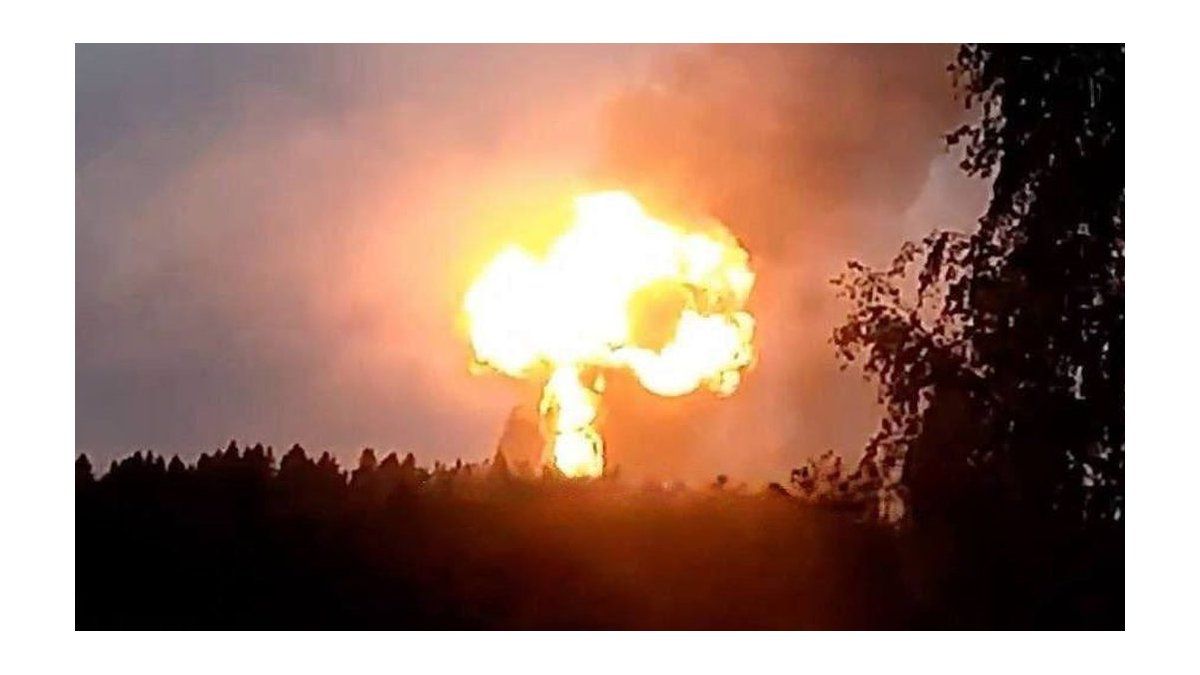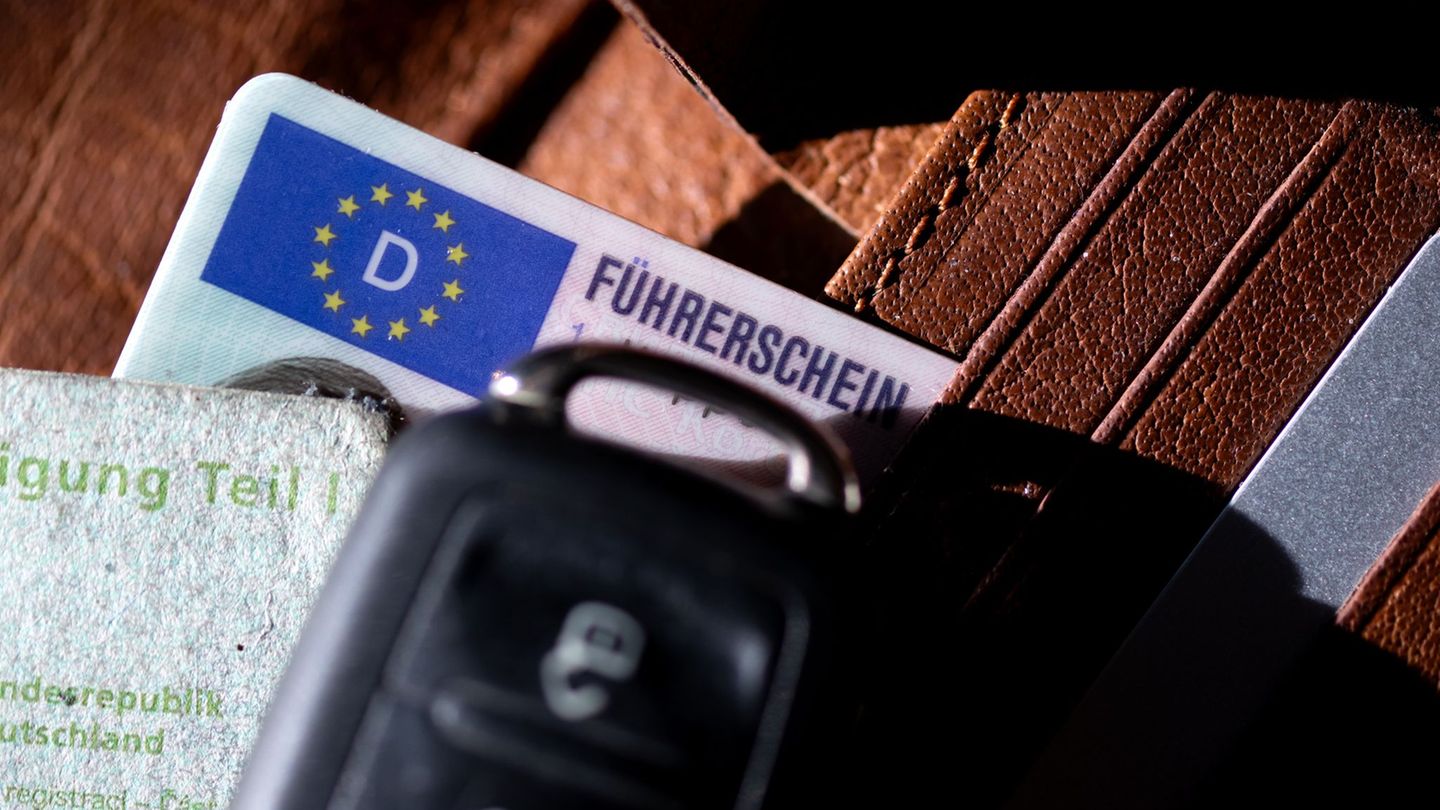The Rohrbach market archive with original documents from 1415 to 1848 contains many valuable documents, some of which were issued by emperors, made of parchment with attached wax seals. The archive also occasionally reveals interesting “everyday stories” that tell of the often difficult life of the past centuries. These are continually unearthed by Albert Ettmayer, who took the major fire on the town square a few weeks ago as an opportunity to follow the trail of organized firefighting in Rohrbach-Berg together with his “master” in local history, Wolfgang Sauber. This is even older than the Rohrbach volunteer fire department, which was founded over 150 years ago.
Fire was a serious threat until 200 years ago. Without modern fire-fighting methods, a fire would not just affect one house, but often half the market, and people would lose their livelihoods.
One of Rohrbach’s oldest documents, dating from 1512, deals with a major fire in the market: 16 citizens sued their fellow citizen Jörg Peckesperger, in whose house the fire broke out, for compensation. As a result, he not only lost all his assets, but also his citizenship. In a petition to the emperor from 1558, it is also complained that there had been four fires in Rohrbach within the last generation. A document from 1713 also reports a “conflagration” in 1676.
The Rohrbach-Berg topotheque lists later major fires from 1879 and after the Second World War that “burned down half of Rohrbach”.
Fire protection in 1799
The first Rohrbach fire protection and fire extinguishing regulations from 1799, which stipulated that a fire bucket and a tub of water had to be kept on the “floor” in all town houses, also testify to how much people were always afraid of fire. As late as 1843, the town of Rohrbach ordered “100 waterproof fire buckets made of straw, lined with canvas on the inside and protected against getting wet with oil varnish.”
The regulations were strictly monitored in an annual fire inspection. Activities involving open fires, especially at night, were therefore severely restricted. This included, for example, “cutting straw, threshing, breaking flax, hacking and similar work”. Smoking tobacco in places where there was a fire hazard was completely forbidden, even if the pipe had a lid. In addition, the fire extinguishing regulations had to be read out at the annual “Ehaft”, the meeting of all citizens, so that even the illiterate knew what was going on.
Water from the laundry
But once a fire had broken out, the “Fire Extinguishing Regulations” of 1799 also regulated the measures to be taken to fight the fire. All citizens on the wall and their servants were responsible for bringing water in the event of a fire in the lower part of the market and had to use their watering cans to fill the water barrels with water, partly from the lower wash, partly from the pond there, and partly from the so-called Bachwäsch. In the event of a fire in the upper part of the market, the citizens of the lower part were responsible. It also states that the “cottagekeepers” and female servants had to hand the water in fire buckets and other containers to the people on the ladders and roofs putting out the fire.
First mobile fire engine
A letter from the Rohrbach market to the Mühlkreisamt in Linz tells us that two fires broke out in Rohrbach on June 22nd and July 30th, 1837, completely destroying 17 townhouses and the Marktbräuhaus, and that further spread could only be prevented by the new fire engines from the neighboring towns of Haslach, Schlägl and Helfenberg. Since Rohrbach only had its own small, portable fire engine, the magistrate decided to purchase its own fire engine. Since there was no money in the market’s coffers, the Mühlkreisamt had to be asked for permission to take the money from the well-equipped “social fund” of the town hospital. The Götzendorf district commissioner also gave its blessing, with the stipulation that the Rohrbach residents should pay for their own fire engine if possible.
In 1843, the first mobile fire engine was purchased in Rohrbach for 492 guilders and 30 kreutzers. The purchase was put out to tender: CT Staffelmayr, a civil bell founder in Steyr, was awarded the contract, pointing out that he himself had invented this model. The main advantage of this fire engine was that it was very easy to “push”, which meant that half the number of people needed to pump it than before. Ten buckets (approx. 560 liters) of water could be held in a container that was lined with copper on the inside and iron on the outside. A height of 16 to 18 fathoms was considered necessary for the water jet to be able to reach the roofs.
On May 28, 1854, the fire engine was tested as part of an exercise, during which all citizens were assigned to work by name. The men entrusted with operating the engine were Karl Niedersüß Jr., Alois and Georg Nößlböck, Josef Oberngruber and Josef Ransmayr.
Of course, an armory was also needed, and it was built in Lederergasse – today’s Poeschlgasse. The Rohrbach Volunteer Fire Department, founded in 1873, was also based there until it moved to Gewerbeallee in 1993.
My themes
For your bookmarked topics
new articles found.
info By clicking on the icon you add the keyword to your topics.
info
By clicking on the icon you open your “my topics” page. You have of 15 keywords saved and would have to remove keywords.
info By clicking on the icon you remove the keyword from your topics.
Add the topic to your topics.
Source: Nachrichten




